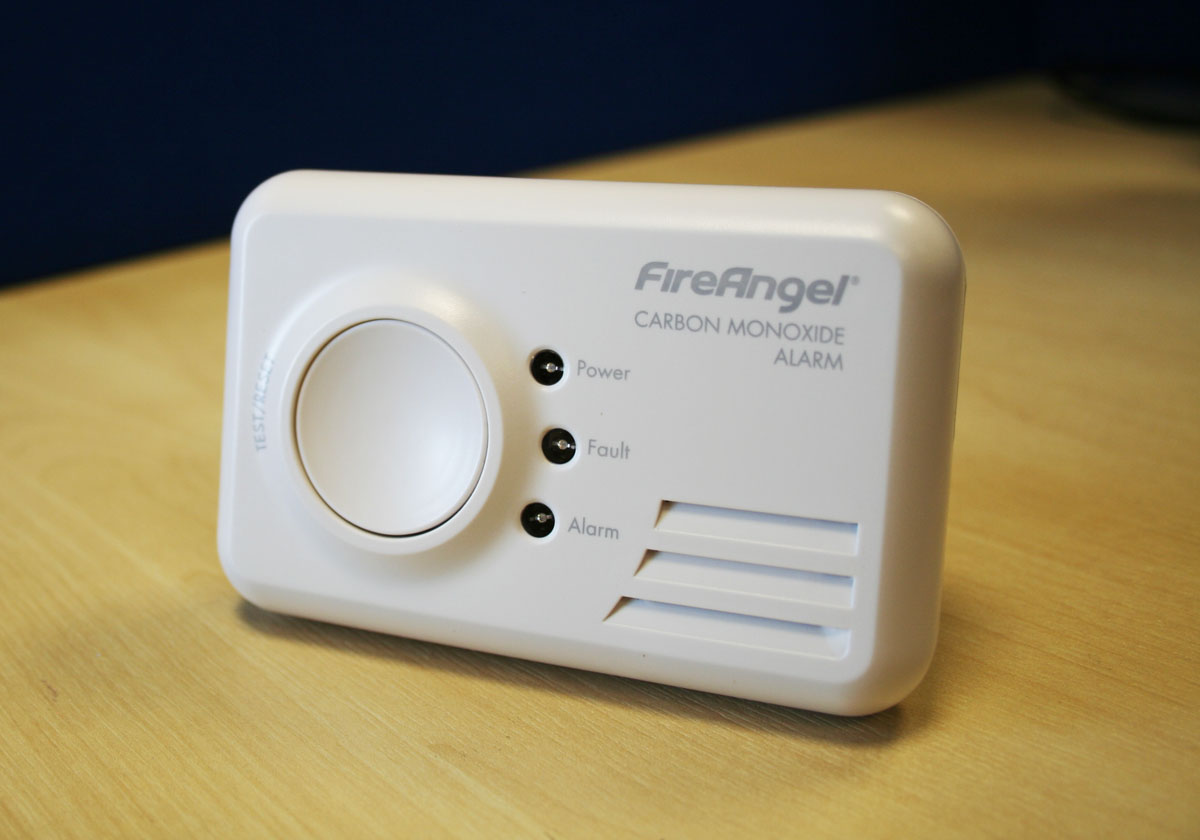

Articles
When Does A Carbon Monoxide Detector Go Off
Modified: August 22, 2024
Discover when carbon monoxide detectors go off and how they protect your family. Read articles to learn about the importance of these life-saving devices.
(Many of the links in this article redirect to a specific reviewed product. Your purchase of these products through affiliate links helps to generate commission for Storables.com, at no extra cost. Learn more)
Introduction
Carbon monoxide (CO) is a colorless, odorless, and tasteless gas that is produced by the incomplete combustion of fuels such as gas, oil, coal, and wood. It is often referred to as the “silent killer” because it is virtually undetectable without the use of specialized equipment.
Carbon monoxide poses a significant threat to human health and safety due to its ability to displace oxygen in the bloodstream, leading to oxygen deprivation. Exposure to elevated levels of CO can result in a range of symptoms, including headaches, dizziness, nausea, confusion, and even death.
To protect against the dangers of carbon monoxide, it is crucial to have a carbon monoxide detector installed in your home or workplace. A carbon monoxide detector is a specialized device designed to detect the presence of CO gas in the air and alert individuals to potential danger.
In this article, we will explore how a carbon monoxide detector works and discuss when it may go off. Understanding the factors that can trigger a carbon monoxide alarm is essential for maintaining a safe living environment and taking appropriate actions when necessary. So, let’s dive in and gain a deeper understanding of this critical safety device.
Key Takeaways:
- Carbon monoxide detectors are essential for detecting the silent killer, carbon monoxide, and triggering alarms when dangerous levels are detected, protecting against potential poisoning and ensuring safety.
- When a carbon monoxide detector goes off, it’s crucial to stay calm, evacuate, ventilate the area, call emergency services, seek medical attention if needed, and address the source of the issue promptly.
What is carbon monoxide?
Carbon monoxide (CO) is an invisible and odorless gas that is produced by the incomplete combustion of fuels. It is a byproduct of burning substances such as gasoline, natural gas, propane, oil, coal, and wood.
Carbon monoxide is formed when there is insufficient oxygen present during the combustion process. In normal circumstances, when fuel burns completely, it produces carbon dioxide (CO2), a less harmful gas that can be safely vented out. However, when there is not enough oxygen, carbon monoxide is produced instead.
This gas is known for its ability to bind with hemoglobin in red blood cells, preventing them from carrying oxygen to vital organs and tissues. When humans and animals inhale carbon monoxide, it rapidly enters the bloodstream, leading to a condition called carbon monoxide poisoning.
What makes carbon monoxide particularly dangerous is its undetectable nature to human senses. It is colorless, odorless, and tasteless, making it nearly impossible to detect without the help of specialized equipment. This is why carbon monoxide detectors are crucial in detecting the presence of this harmful gas and alerting individuals to potential danger.
Sources of carbon monoxide can be found in various settings, including homes, offices, garages, and industrial sites. It is produced by common appliances and equipment such as gas or oil furnaces, water heaters, stoves, fireplaces, generators, and cars. It is important to note that even small amounts of carbon monoxide can be harmful, and high concentrations can be lethal.
Now that we have a clear understanding of what carbon monoxide is and how it is formed, let’s explore the significance of its dangerous effects in the next section.
Why is carbon monoxide dangerous?
Carbon monoxide poses a significant threat to human health and safety due to its ability to interfere with the oxygen-carrying capacity of red blood cells. When inhaled, it quickly binds to hemoglobin, forming carboxyhemoglobin. This prevents the hemoglobin from effectively transporting oxygen throughout the body, leading to oxygen deprivation in vital organs and tissues.
The dangerous effects of carbon monoxide can vary depending on the level and duration of exposure. Short-term exposure to moderate levels of carbon monoxide can cause symptoms such as headaches, dizziness, nausea, confusion, and fatigue. These symptoms are often mistaken for flu-like illnesses, leading to delayed recognition of poisoning.
Longer exposure to higher levels of carbon monoxide can result in more severe health complications, including unconsciousness, brain damage, organ failure, and even death. Vulnerable populations, such as infants, the elderly, and individuals with pre-existing health conditions, are particularly susceptible to the harmful effects of carbon monoxide.
One of the most concerning aspects of carbon monoxide is its stealthy nature. Since it is odorless, colorless, and tasteless, it cannot be detected by human senses alone. This makes carbon monoxide incidents particularly dangerous, as individuals may be exposed to high levels of the gas without even realizing it.
Carbon monoxide poisoning can occur in various settings, but it is most commonly associated with residential spaces. This is because homes often contain fuel-burning appliances and heating systems that can produce carbon monoxide if not properly maintained or vented. Other potential sources of carbon monoxide include car exhaust fumes, improperly functioning generators, and industrial processes.
To protect against the dangers of carbon monoxide, it is essential to have a carbon monoxide detector installed in your living space. These devices serve as an early warning system, triggering an alarm when elevated levels of carbon monoxide are detected. By promptly alerting occupants to the presence of the gas, carbon monoxide detectors play a vital role in preventing poisoning incidents and ensuring the safety of individuals.
Now that we understand the dangers associated with carbon monoxide, let’s explore the purpose and functionality of a carbon monoxide detector in the next section.
What is a carbon monoxide detector?
A carbon monoxide detector is a specialized device designed to measure the concentration of carbon monoxide in the air and provide a warning if it reaches dangerous levels. It is an essential safety device that helps protect individuals from the potential hazards of carbon monoxide poisoning.
Carbon monoxide detectors are typically small, battery-operated devices that can be easily installed in various locations within a home or workplace. They are equipped with sensors that can detect the presence of carbon monoxide gas and trigger an alarm to alert occupants to potential danger.
How does a carbon monoxide detector work?
Carbon monoxide detectors work by utilizing sensors that are specifically designed to detect the presence of carbon monoxide gas. There are a few different types of sensors commonly used in carbon monoxide detectors, including:
1. Electrochemical sensors: These sensors use an electrochemical reaction that occurs when carbon monoxide comes into contact with a chemical solution. This reaction produces an electric current, which is measured by the sensor. When the carbon monoxide concentration surpasses a certain threshold, the sensor triggers the alarm.
2. Biomimetic sensors: These sensors are designed to mimic the behavior of certain enzymes in the body that are sensitive to carbon monoxide. They rely on a gel-like substance that changes color when exposed to carbon monoxide. This color change is detected by the sensor, which then activates the alarm.
3. Metal oxide semiconductors: These sensors consist of a thin film of tin dioxide or another metal oxide. When carbon monoxide comes into contact with the sensor, it causes a change in the electrical conductivity of the metal oxide, which is detected by the sensor. This change in conductivity triggers the alarm.
Once a carbon monoxide detector detects the presence of the gas, it is programmed to trigger an audible alarm. This alarm is usually a series of loud beeps or a continuous sound to alert occupants to evacuate the area and seek fresh air immediately.
Carbon monoxide detectors also often have additional features, such as digital displays that provide real-time carbon monoxide levels, test buttons to verify the functionality of the detector, and low battery indicators to ensure that the device is always operational.
In the next section, we will explore the circumstances under which a carbon monoxide detector may go off and the factors that can influence its activation.
Read more: How To Turn Off A Carbon Monoxide Detector
Sensor types used in carbon monoxide detectors
Carbon monoxide detectors rely on various sensor technologies to detect the presence of carbon monoxide gas in the air. Each sensor type operates differently but with the common goal of detecting harmful levels of carbon monoxide and triggering an alarm to alert occupants. The following are the most commonly used sensor types in carbon monoxide detectors:
1. Electrochemical sensors: Electrochemical sensors are widely used in carbon monoxide detectors due to their accuracy and sensitivity. They consist of a porous electrode and an electrolyte solution. When carbon monoxide enters the sensor, it undergoes a chemical reaction, creating an electric current. This current is measured by the sensor, and if it exceeds a certain threshold, the detector triggers an alarm. Electrochemical sensors provide accurate measurements and have a long lifespan, typically lasting anywhere from five to ten years.
2. Biomimetic sensors: Biomimetic sensors imitate the behavior of certain enzymes in the body that react to carbon monoxide. These sensors contain a gel-like substance that undergoes a color change when exposed to carbon monoxide. The color change is then detected by the sensor, which activates the alarm. Biomimetic sensors are relatively reliable and cost-effective, but they may not have the same level of accuracy and lifespan as other sensor types.
3. Metal oxide semiconductors: Metal oxide semiconductor sensors consist of a thin film of tin dioxide or another metal oxide. When carbon monoxide comes into contact with the sensor, it causes a change in the electrical conductivity of the film. This change is measured by the sensor, and if it surpasses a specific threshold, the alarm is triggered. Metal oxide semiconductor sensors are fast-responding and highly sensitive, but they may be more prone to false alarms and have a shorter lifespan compared to other sensor types.
It is important to note that not all carbon monoxide detectors use the same sensor technology. The choice of sensor type can vary depending on factors such as cost, sensitivity requirements, and the specific manufacturer’s design preferences. Regardless of the sensor type used, it is crucial to ensure that the carbon monoxide detector meets safety standards and is regularly tested and maintained to ensure its proper functioning.
Next, we will discuss the triggering mechanisms of carbon monoxide detectors and the factors that can influence when a carbon monoxide detector goes off.
Triggering mechanism of a carbon monoxide detector
Carbon monoxide detectors are designed to have specific thresholds for alarm activation. These thresholds are typically established based on recommended safety standards and guidelines. When the concentration of carbon monoxide in the air exceeds these predetermined thresholds, the detector will trigger its alarm.
The triggering mechanisms of carbon monoxide detectors can vary depending on the specific model and design. However, most detectors use a combination of sensor readings and time-weighted averages to determine when to activate the alarm. Here are two common triggering mechanisms:
1. Threshold-based triggering: Carbon monoxide detectors are equipped with sensors that continuously monitor the levels of carbon monoxide in the air. When the carbon monoxide concentration reaches a certain threshold, usually measured in parts per million (ppm), the detector will trigger its alarm. The specific threshold can vary depending on safety standards and guidelines but is typically set between 30 to 70 ppm for home detectors.
2. Time-weighted average triggering: Carbon monoxide exposure over an extended period can be equally harmful, even if the concentration does not exceed the threshold for an immediate alarm. To account for this, some carbon monoxide detectors use time-weighted averaging. These detectors continuously monitor carbon monoxide levels over time and calculate the average concentration. If the average concentration over a specific period, usually measured in parts per million-hours (ppm-hours), exceeds a predetermined threshold, the alarm will be triggered.
It’s essential to note that the specific triggering mechanism and thresholds can vary between different models and brands of carbon monoxide detectors. Manufacturers may incorporate additional features, such as adjustable sensitivity levels or specific algorithms, to enhance the accuracy and reliability of their detectors.
Now, let’s delve into the factors that can influence when a carbon monoxide detector goes off and the circumstances under which it may be activated.
Replace your carbon monoxide detector every 5-7 years to ensure it continues to function properly. Check the expiration date on the unit or refer to the manufacturer’s guidelines.
Levels of carbon monoxide exposure
Carbon monoxide exposure can occur at different levels, and the severity of the health effects can vary depending on the concentration and duration of exposure. Understanding the different levels of carbon monoxide exposure is crucial for assessing the potential risks and taking appropriate measures to ensure safety. The following are the commonly recognized levels of carbon monoxide exposure:
1. Safe and normal levels: In an ideal and well-ventilated environment, there should be minimal to no presence of carbon monoxide. This ensures safe and normal conditions without any health risks or symptoms.
2. Low-level exposure: Low-level exposure typically refers to situations where there is a presence of carbon monoxide, but the concentration remains below the recommended threshold for alarm activation. While immediate health effects may not be noticeable, long-term exposure to low levels of carbon monoxide can still pose health risks, especially for vulnerable individuals or those with pre-existing medical conditions.
3. Moderate exposure: Moderate exposure occurs when individuals are exposed to higher concentrations of carbon monoxide over a prolonged period. This level of exposure can lead to symptoms such as headaches, dizziness, nausea, fatigue, and confusion. It is crucial to address the source of carbon monoxide and take preventive measures to avoid further exposure.
4. High-level exposure: High-level exposure to carbon monoxide can have severe and potentially life-threatening consequences. At this level, the symptoms become more pronounced, and individuals may experience chest pain, shortness of breath, unconsciousness, and even death. Immediate medical attention is necessary in cases of high-level exposure.
Determining the level of carbon monoxide exposure requires accurate monitoring and measuring using specialized equipment such as carbon monoxide detectors. These devices are designed to detect the presence of carbon monoxide and provide essential information about the concentration levels.
It’s important to note that even low levels of carbon monoxide can be harmful, and any presence of the gas should be taken seriously. Carbon monoxide detectors are crucial in detecting and alerting individuals to potential dangers, allowing them to take appropriate actions to ensure their safety.
In the next section, we will discuss the thresholds for carbon monoxide alarm activation and the factors that can affect when a carbon monoxide detector goes off.
Thresholds for carbon monoxide alarm activation
To ensure the safety of individuals, carbon monoxide detectors are designed to have specific thresholds for alarm activation. These thresholds are established based on safety standards and guidelines provided by organizations such as the National Fire Protection Association (NFPA) and the Underwriters Laboratories (UL).
The recommended threshold for carbon monoxide alarm activation in residential settings is typically set between 30 to 70 parts per million (ppm) over a period of 1-4 hours. When the carbon monoxide concentration exceeds this threshold, the detector will trigger its alarm to alert occupants to the potential danger.
Here are some commonly recognized thresholds for carbon monoxide alarm activation:
1. The UL standard: The UL standard for residential carbon monoxide detectors, UL2034, sets the threshold for alarm activation at 70 ppm when measured over a continuous 60- or 90-minute period. The UL standard also specifies a higher threshold of 400 ppm for an immediate alarm activation, as exposure to this concentration within a short period can be life-threatening.
2. Sensible Safety Levels: The Sensible Safety Levels advocated by the NFPA recommend a threshold of 30 ppm for an 8-hour period and 70 ppm for a 1-hour period. These guidelines aim to provide additional protection and allow for earlier detection of potentially hazardous situations.
It’s important to note that the specific thresholds and time intervals may vary depending on the country, region, or specific safety regulations. It is advisable to consult local safety standards and guidelines to ensure compliance with the recommended thresholds in your area.
Apart from the absolute thresholds, some carbon monoxide detectors may also provide relative measurements or display real-time carbon monoxide levels in parts per million (ppm). This feature offers additional information to help individuals assess the level of carbon monoxide present in the location.
Factors such as the presence of other gases, temperature, humidity, and the age and condition of the detector can influence the response and accuracy of carbon monoxide detectors. Regular testing, maintenance, and replacement as recommended by the manufacturer are essential to ensure the proper functioning and reliability of the detectors.
In the following section, we will explore the factors that can affect when a carbon monoxide detector goes off, as it is not solely dependent on reaching a specific threshold.
Read more: How Does Carbon Monoxide Detector Work
Factors that can affect when a carbon monoxide detector goes off
While carbon monoxide detectors are designed to activate their alarms when the concentration of carbon monoxide exceeds a certain threshold, there are several factors that can influence when a carbon monoxide detector goes off. It’s important to be aware of these factors to understand the conditions under which the alarm may be triggered. Here are some common factors:
1. Carbon monoxide levels: The most obvious factor is the concentration of carbon monoxide in the air. If the carbon monoxide levels rise above the predetermined threshold specific to your detector, it will trigger the alarm. Elevated levels can be caused by a malfunctioning fuel-burning appliance, inadequate ventilation, or other sources of carbon monoxide.
2. Duration of exposure: In addition to the concentration of carbon monoxide, the duration of exposure can also impact when a carbon monoxide detector goes off. Some detectors use time-weighted averaging, which means that they consider the cumulative exposure over a specific period. If the average concentration exceeds the preset threshold within that time frame, the alarm will be activated.
3. Sensitivity settings: Carbon monoxide detectors may have adjustable sensitivity settings to accommodate different environmental conditions. These settings can affect how quickly the alarm is triggered. If the sensitivity is set higher, the detector may respond more rapidly to lower concentrations of carbon monoxide. It is important to follow the manufacturer’s instructions regarding sensitivity settings.
4. Detector placement: Proper placement of the carbon monoxide detector is crucial for optimal performance. Detectors should be installed at a height of around 5 feet from the ground, as carbon monoxide tends to mix with air at that level. They should also be placed near bedrooms and common living areas for early detection. Incorrect placement, such as in areas with reduced airflow or near sources of combustion, can affect the response time of the detector.
5. Malfunction or expiration: Like any electronic device, carbon monoxide detectors can malfunction or become less reliable over time. Regular maintenance, including testing and battery replacement, is essential to ensure their proper functioning. Detectors also have an expiration date, typically listed on the device, and should be replaced accordingly.
Now that we have explored the factors that can affect when a carbon monoxide detector goes off, let’s discuss what you should do if your carbon monoxide detector alarm sounds in the next section.
Steps to take when the alarm sounds
When your carbon monoxide detector alarm sounds, it is crucial to take immediate action to protect yourself and others from potential harm. Here are the steps you should follow:
1. Stay calm and act quickly: Stay calm and avoid panicking. A clear mind will help you make rational decisions and take appropriate actions. Act quickly but cautiously to ensure your safety.
2. Evacuate the premises: If the alarm sounds, evacuate the building immediately. Get everyone out of the area, including pets, and move to a safer location. Fresh air is essential to prevent further exposure to carbon monoxide.
3. Open windows and doors: As you evacuate, open windows and doors if it is safe to do so. This will help enhance ventilation and allow fresh air to circulate, dissipating the carbon monoxide gas.
4. Call emergency services: Once you are safely outside, call emergency services immediately. Inform them about the activated carbon monoxide alarm and provide them with any relevant details they may need. Follow their instructions and cooperate fully.
5. Do not re-enter the building: It is vital not to re-enter the building until emergency personnel have inspected the premises and deemed it safe. Carbon monoxide levels may still be high, and it is essential to wait for professionals to address the situation.
6. Seek medical attention if needed: If anyone is experiencing symptoms of carbon monoxide poisoning, such as headaches, dizziness, nausea, or confusion, seek immediate medical attention. Inform the healthcare provider about the potential carbon monoxide exposure.
7. Identify the source and address the issue: Once the situation is under control and everyone is safe, it is important to identify the source of the carbon monoxide and address the issue promptly. This may involve contacting a licensed professional to inspect and fix any malfunctioning or potential sources of carbon monoxide, such as furnaces, stoves, or gas appliances.
8. Test and replace the carbon monoxide detector: After the incident, it is crucial to test and replace the carbon monoxide detector if necessary. Regularly check and replace the batteries as recommended by the manufacturer and ensure the device is functioning correctly.
Remember, carbon monoxide is a silent and potentially lethal gas, so taking immediate action and following these steps can make a significant difference in ensuring the safety of yourself and others.
In the next section, we will discuss how to respond to a carbon monoxide emergency to further enhance your preparedness and safety.
How to respond to a carbon monoxide emergency
In the event of a carbon monoxide emergency, it is crucial to respond swiftly and effectively to ensure the safety of yourself and others. Here are the steps to take when faced with a carbon monoxide emergency:
1. React promptly: As soon as you suspect a carbon monoxide emergency, take immediate action to protect yourself and others. Remain calm, but act quickly to ensure everyone’s safety.
2. Evacuate and ventilate: Leave the premises and move to a safe location. Open doors and windows to enhance ventilation and allow fresh air to enter. This will help in dissipating the carbon monoxide gas.
3. Call emergency services: Dial emergency services (e.g., 911) to report the situation. Inform them about your suspected carbon monoxide emergency and provide any necessary details they may need. Follow their instructions and cooperate fully.
4. Seek medical attention: If anyone is experiencing symptoms of carbon monoxide poisoning, such as headaches, dizziness, nausea, or confusion, seek immediate medical attention. Carbon monoxide poisoning can be life-threatening, so do not ignore any signs of illness.
5. Do not re-enter the affected area: Do not re-enter the building until emergency personnel have declared it safe. Carbon monoxide levels can linger even after the initial exposure, posing ongoing risks.
6. Consult a professional: Once the immediate danger has been addressed, hire a licensed professional to inspect and repair any potential sources of carbon monoxide, such as gas appliances, furnaces, or chimneys. Regular maintenance and inspections are crucial to prevent future emergencies.
7. Install carbon monoxide detectors: Be proactive in protecting yourself and your loved ones by installing carbon monoxide detectors in your home. Ensure they are properly placed near sleeping areas and perform regular testing and battery replacements to ensure their effectiveness.
Remember, carbon monoxide is a silent and potentially lethal gas. Being prepared, educated, and aware are key to preventing emergencies and mitigating their effects.
Conclusion
Carbon monoxide is a dangerous gas that can go undetected without a carbon monoxide detector. Understanding the risks associated with carbon monoxide and the importance of having a detector installed are crucial steps in ensuring the safety of you and your loved ones.
In this article, we discussed what carbon monoxide is, why it is dangerous, and what carbon monoxide detectors are. We explored the different sensor types used in carbon monoxide detectors and the triggering mechanisms that prompt the alarm.
We also discussed the thresholds for carbon monoxide alarm activation, as well as the factors that can influence when a carbon monoxide detector goes off. Additionally, we provided steps to take when the alarm sounds and how to respond to a carbon monoxide emergency.
By being knowledgeable about carbon monoxide and taking the necessary precautions, we can protect ourselves and create a safer environment for everyone. Remember to regularly test your carbon monoxide detectors, practice proper maintenance, and address any potential sources of carbon monoxide. Stay vigilant and stay safe!
Frequently Asked Questions about When Does A Carbon Monoxide Detector Go Off
Was this page helpful?
At Storables.com, we guarantee accurate and reliable information. Our content, validated by Expert Board Contributors, is crafted following stringent Editorial Policies. We're committed to providing you with well-researched, expert-backed insights for all your informational needs.
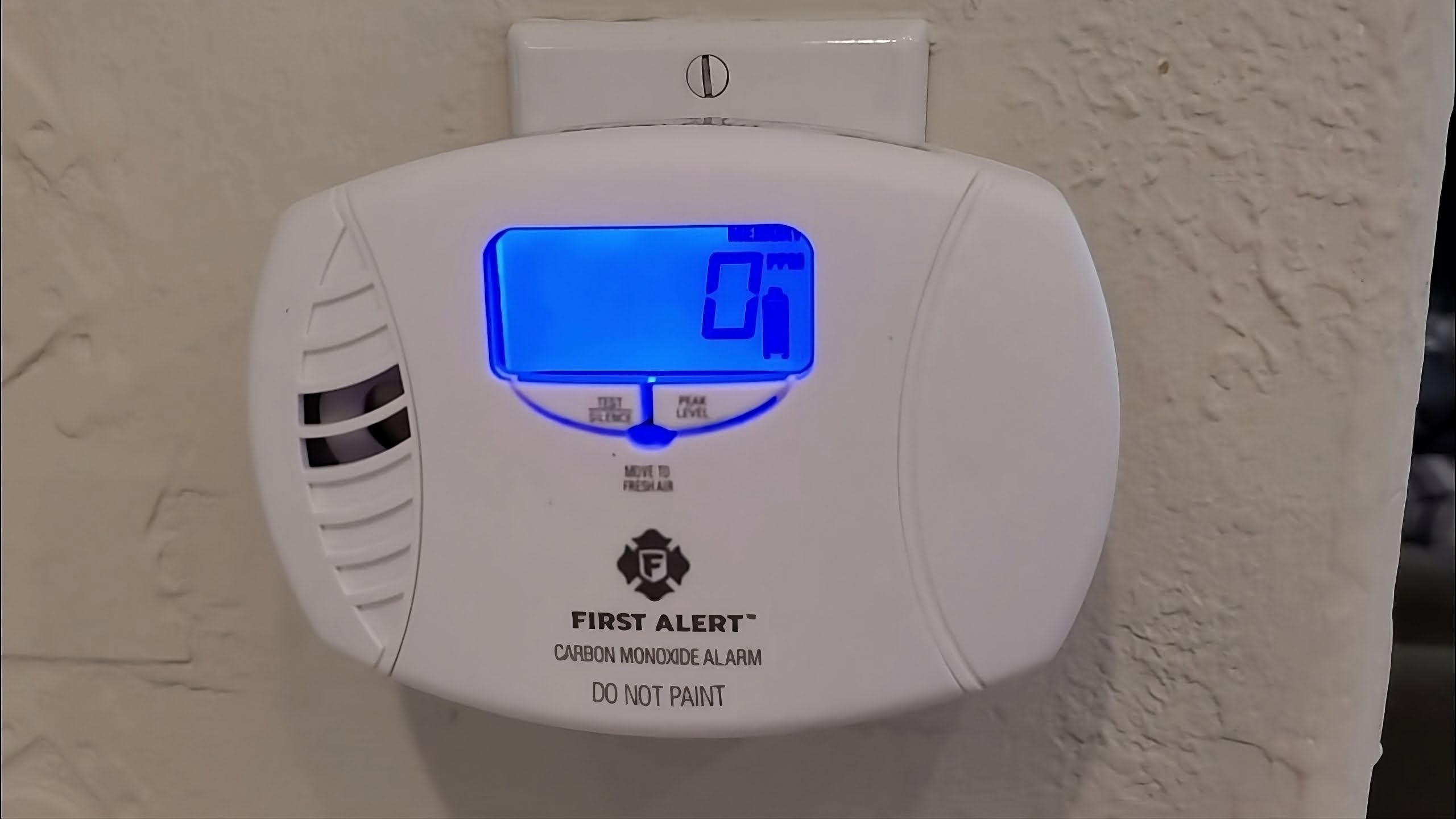
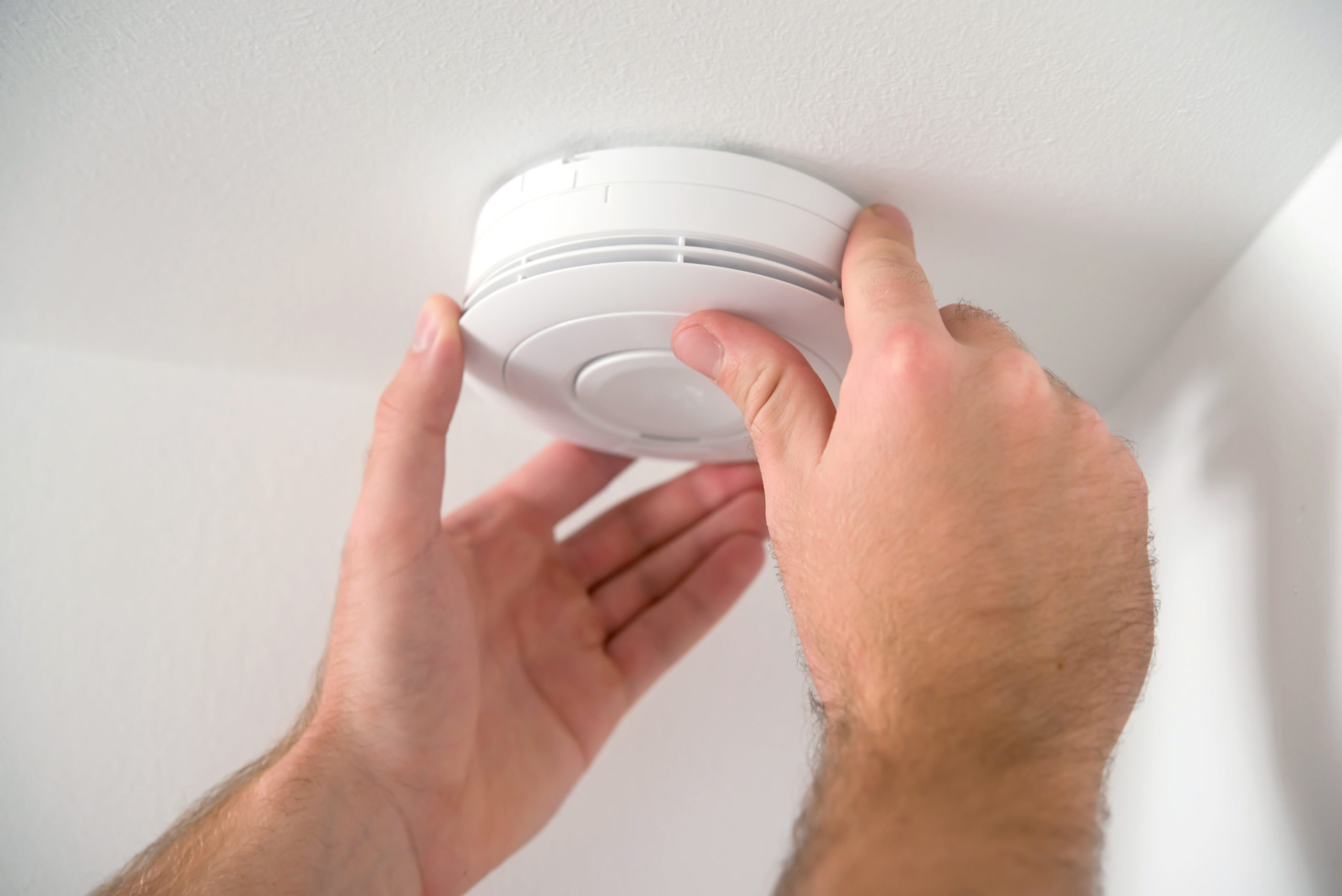
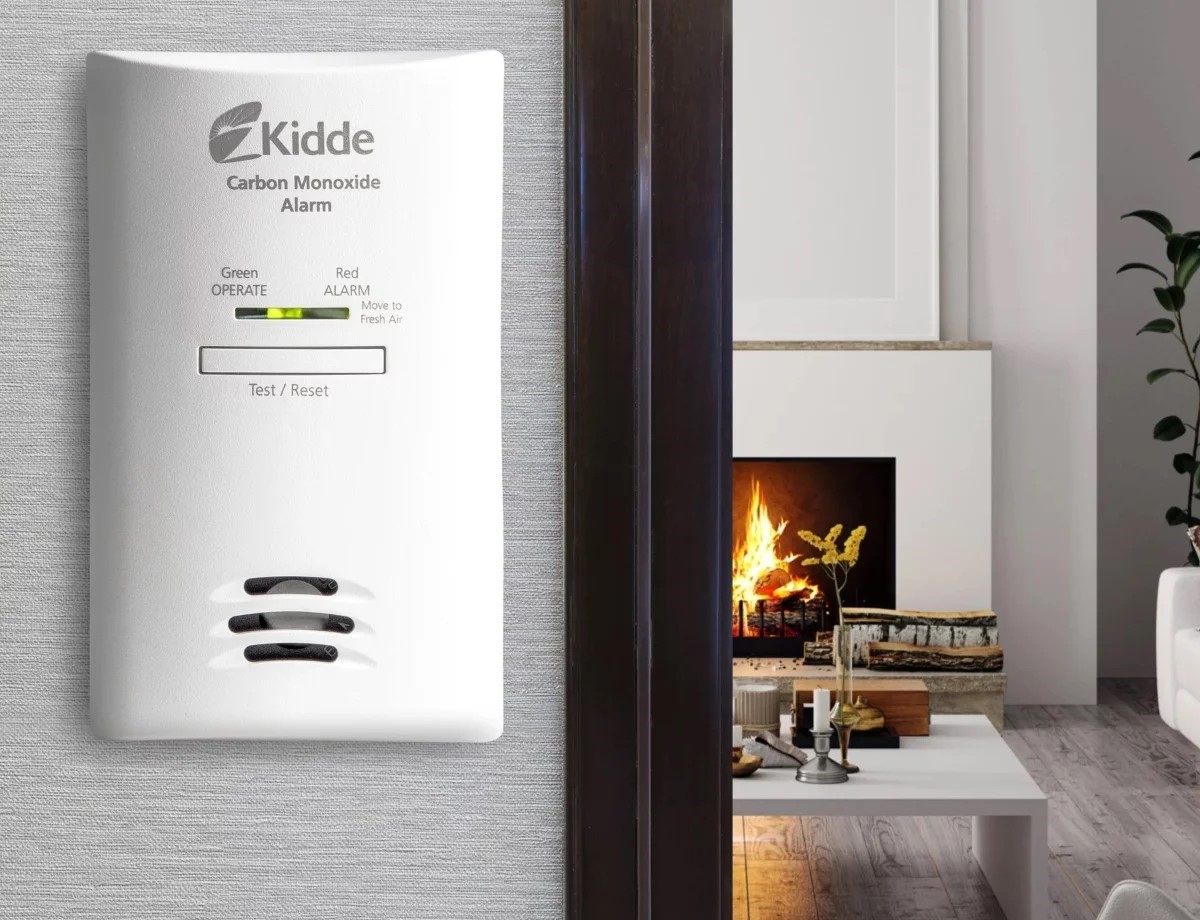
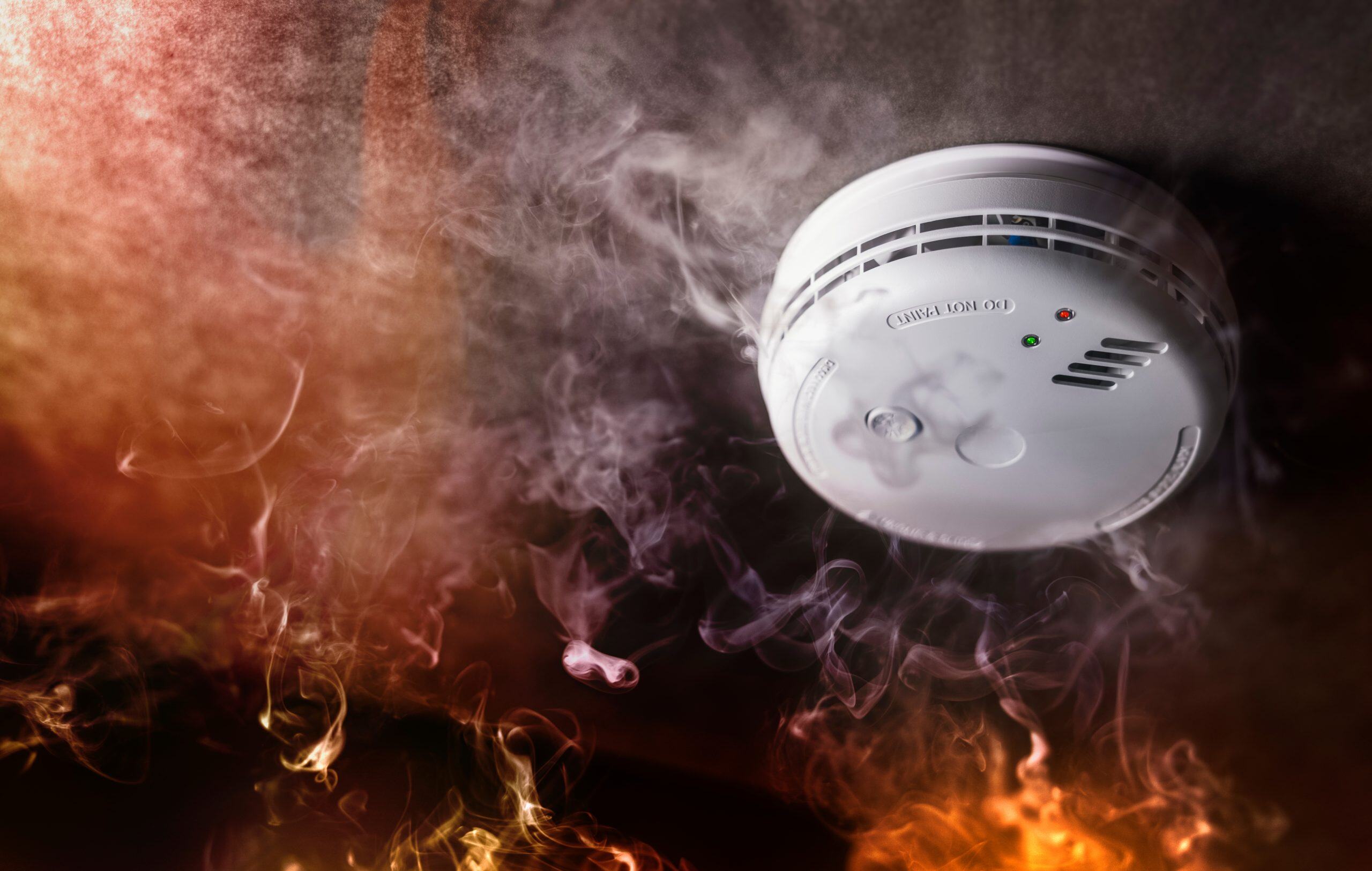

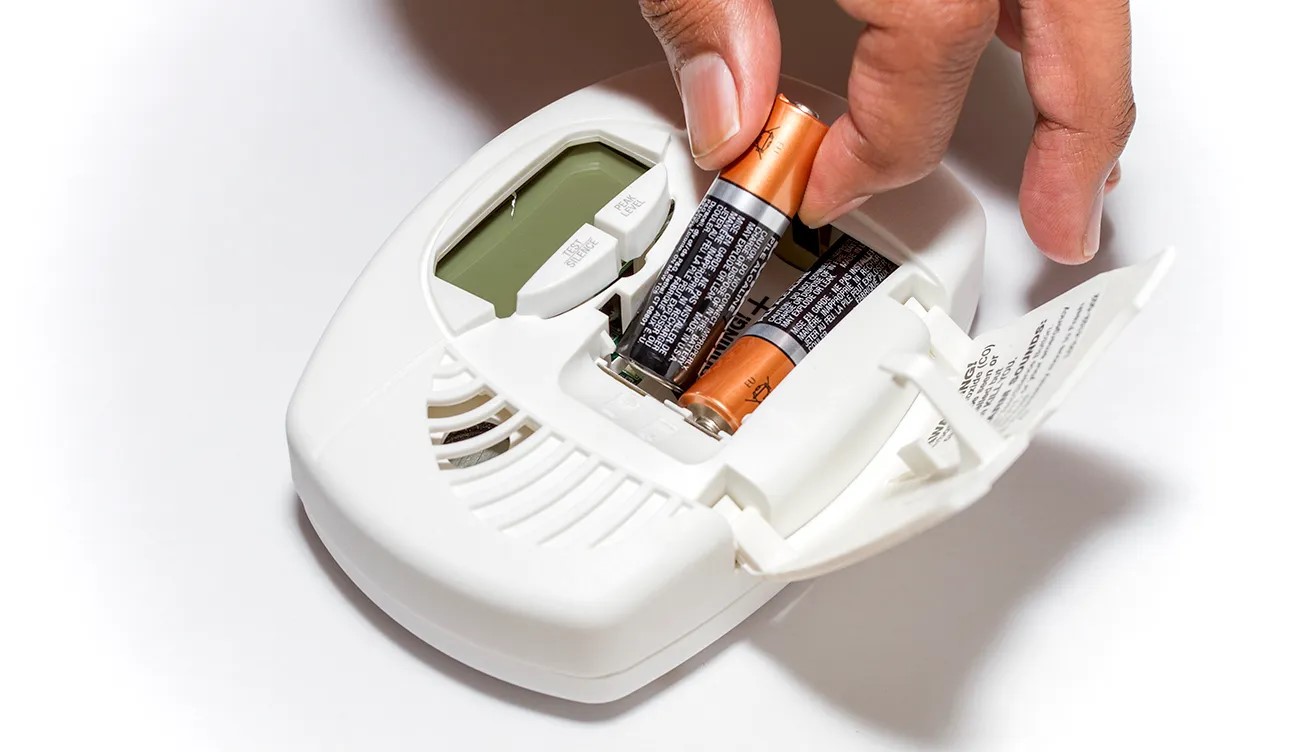
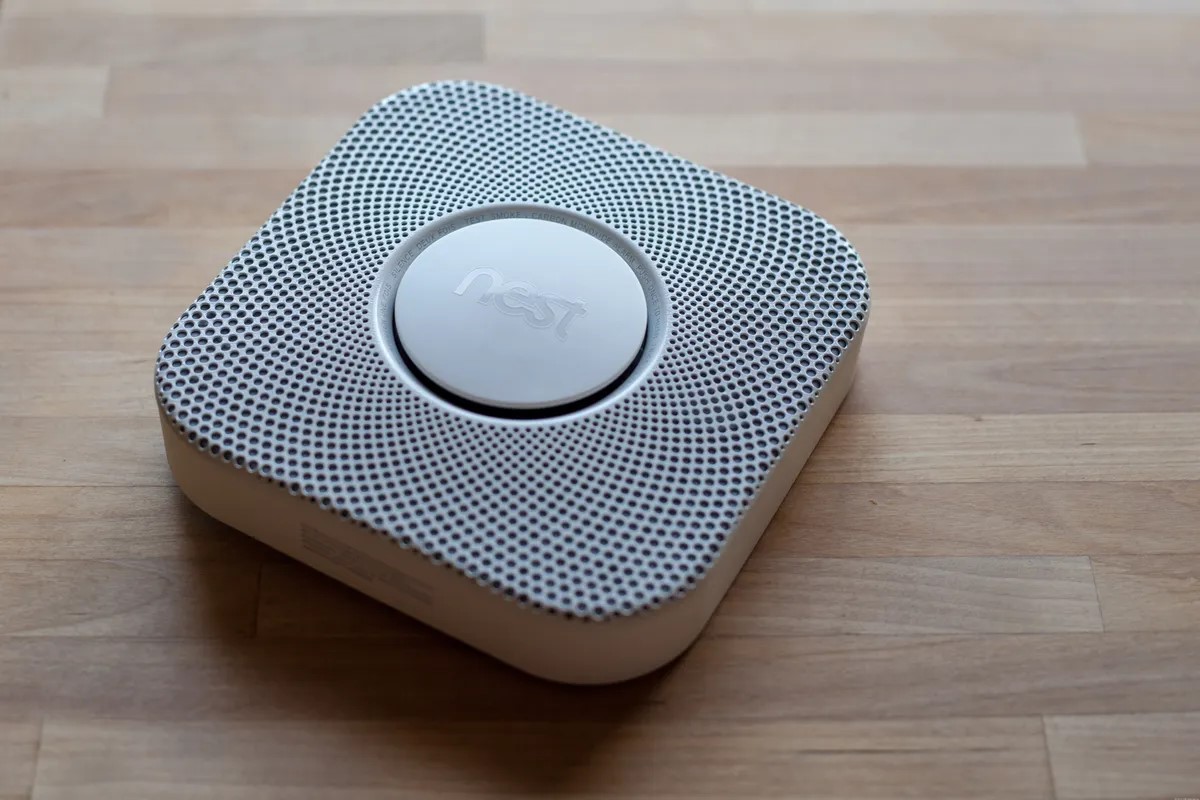
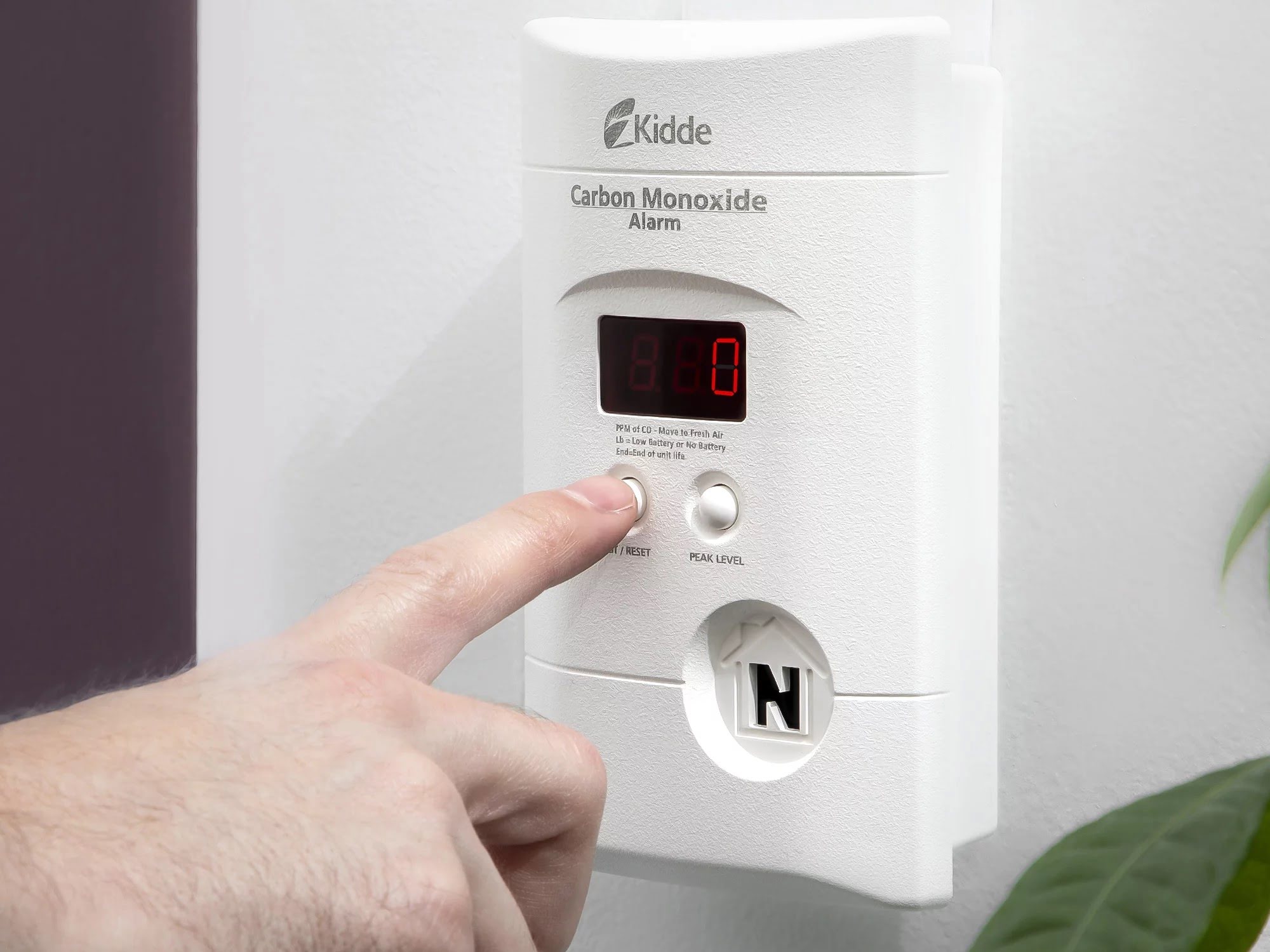
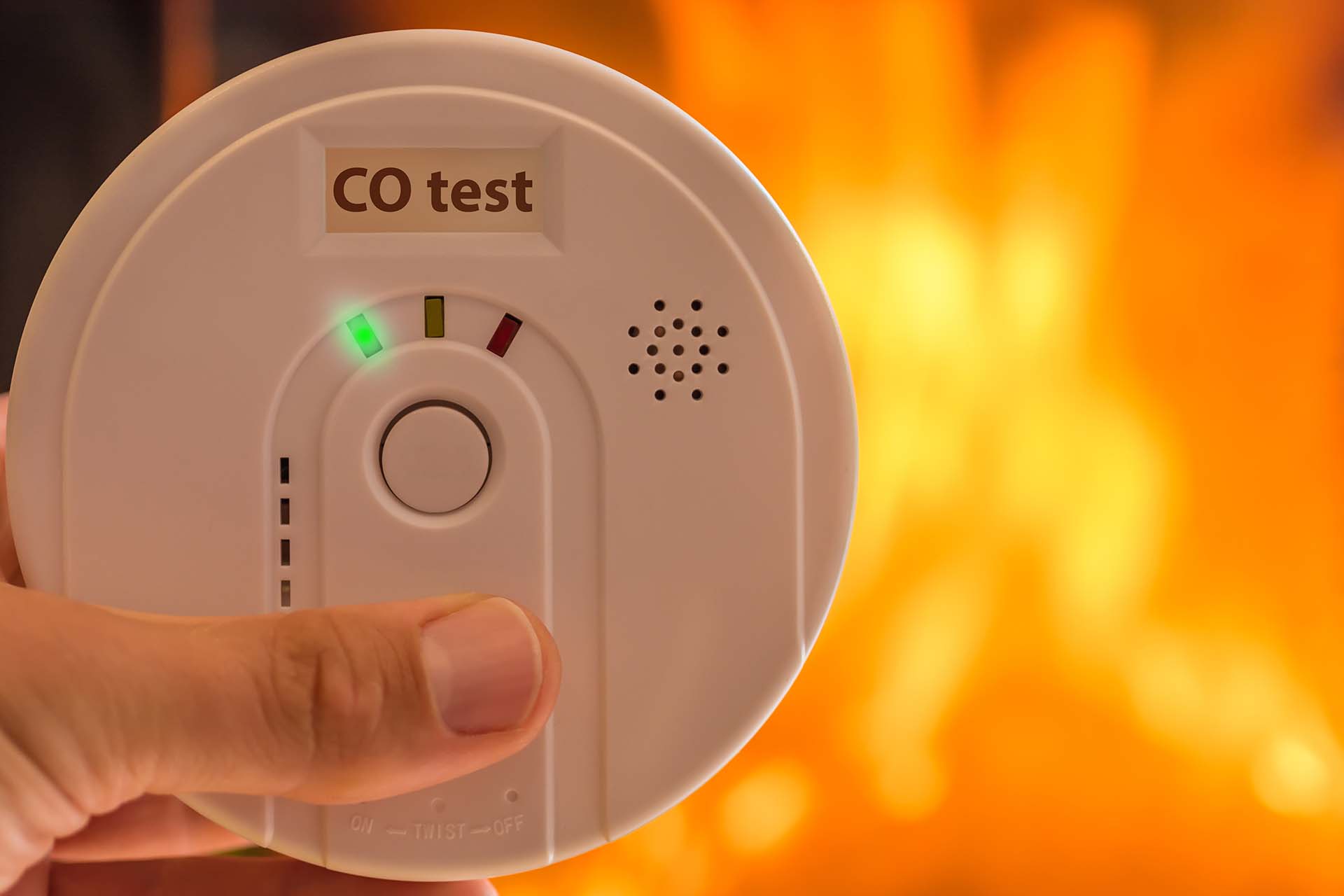
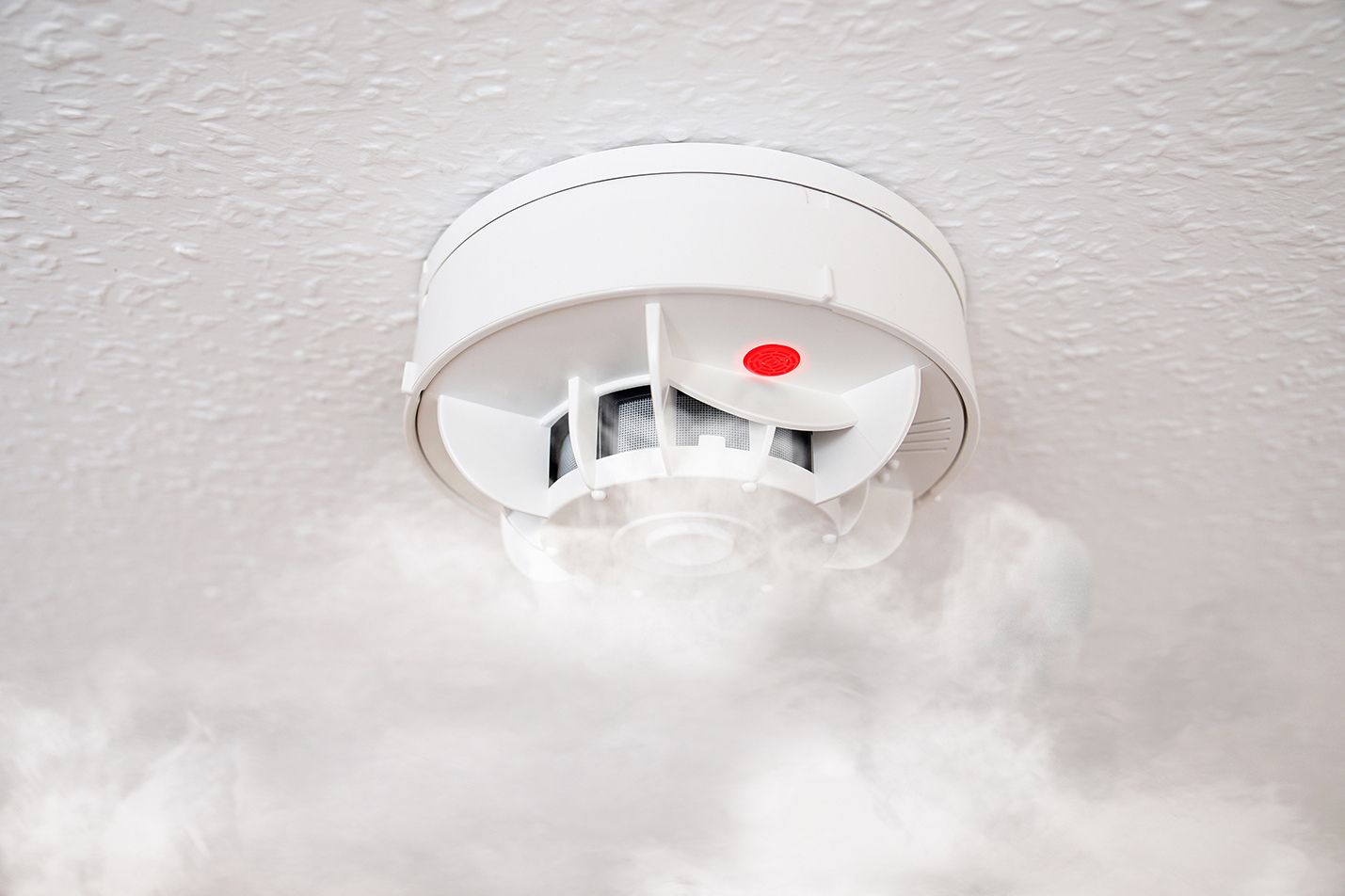
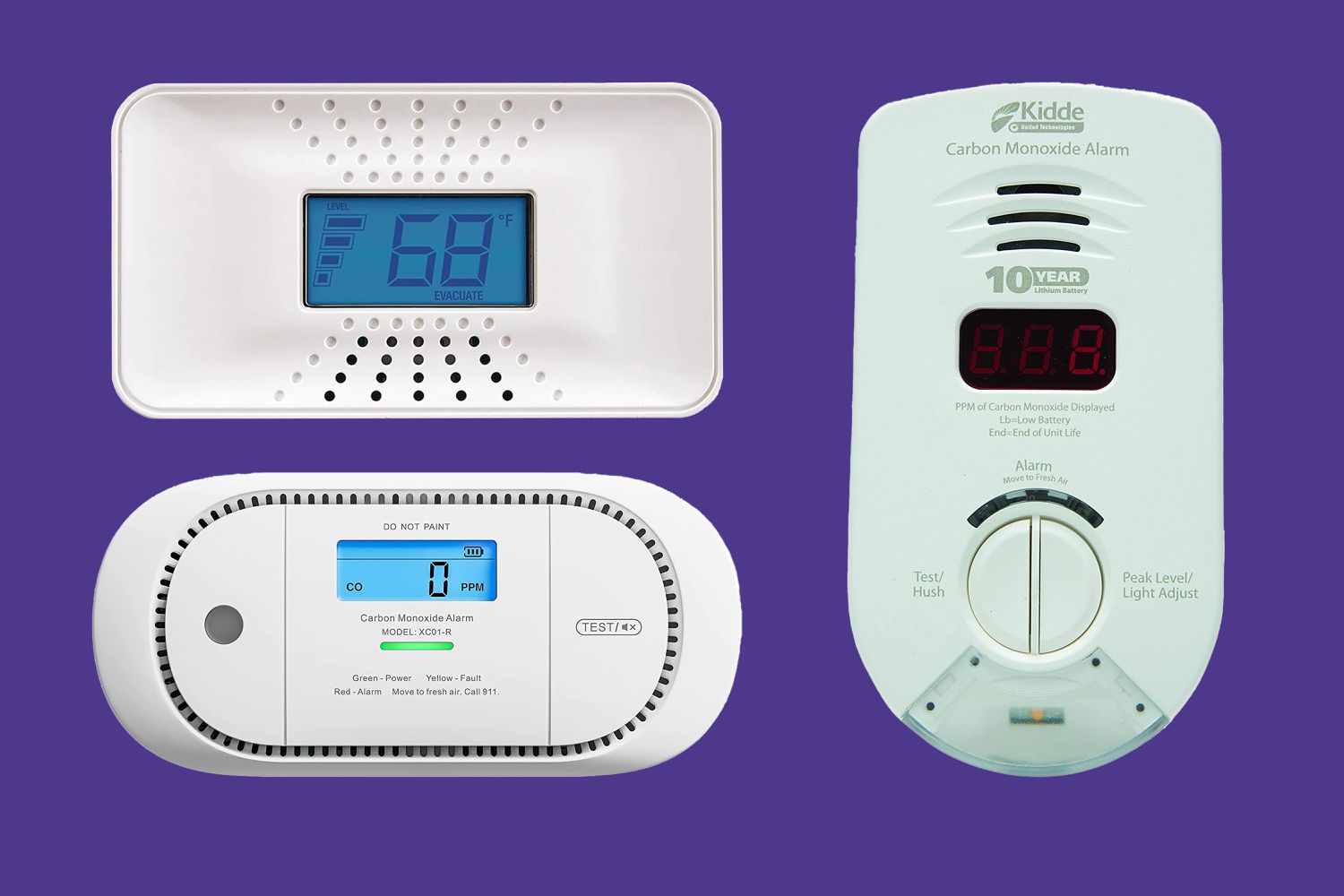
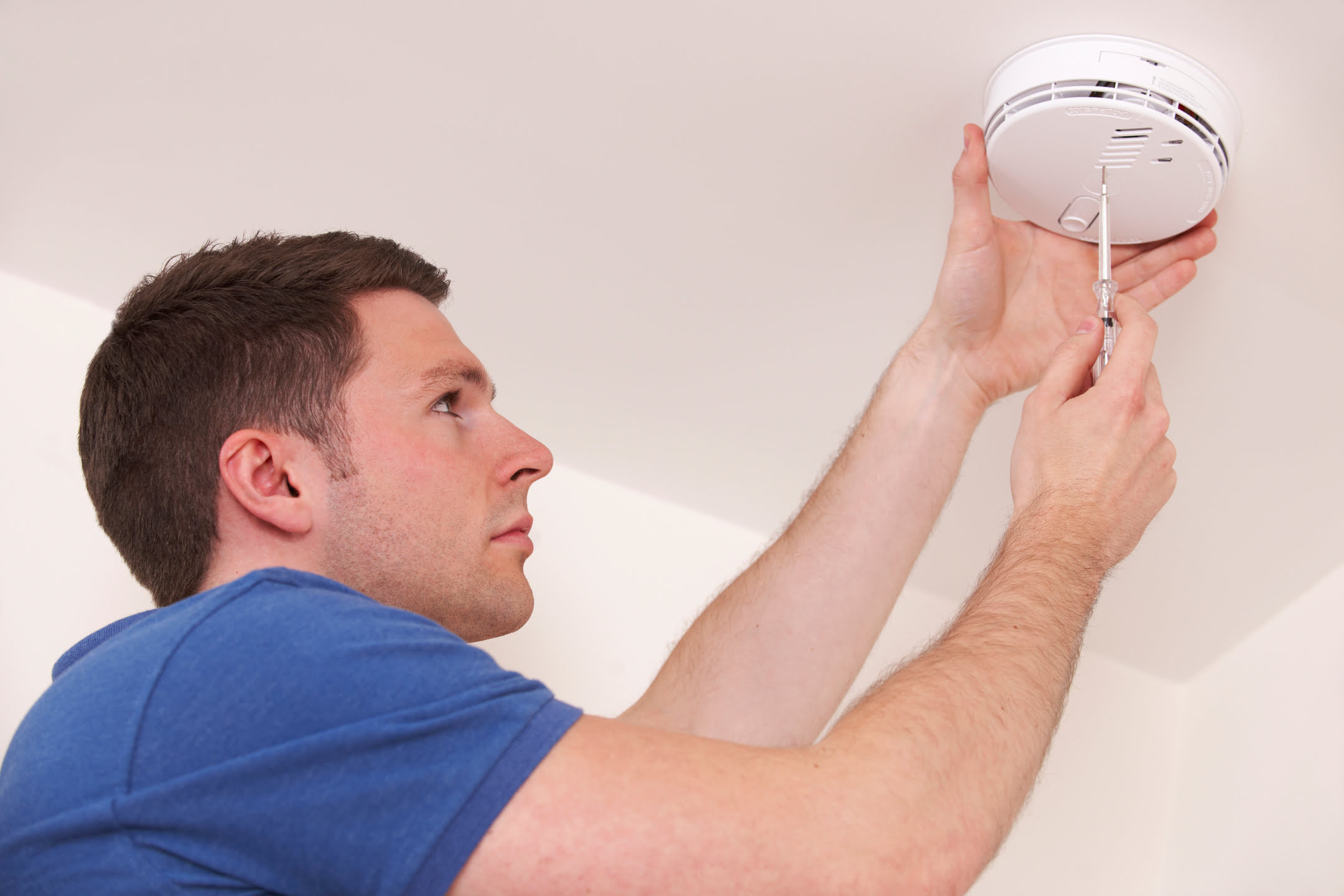
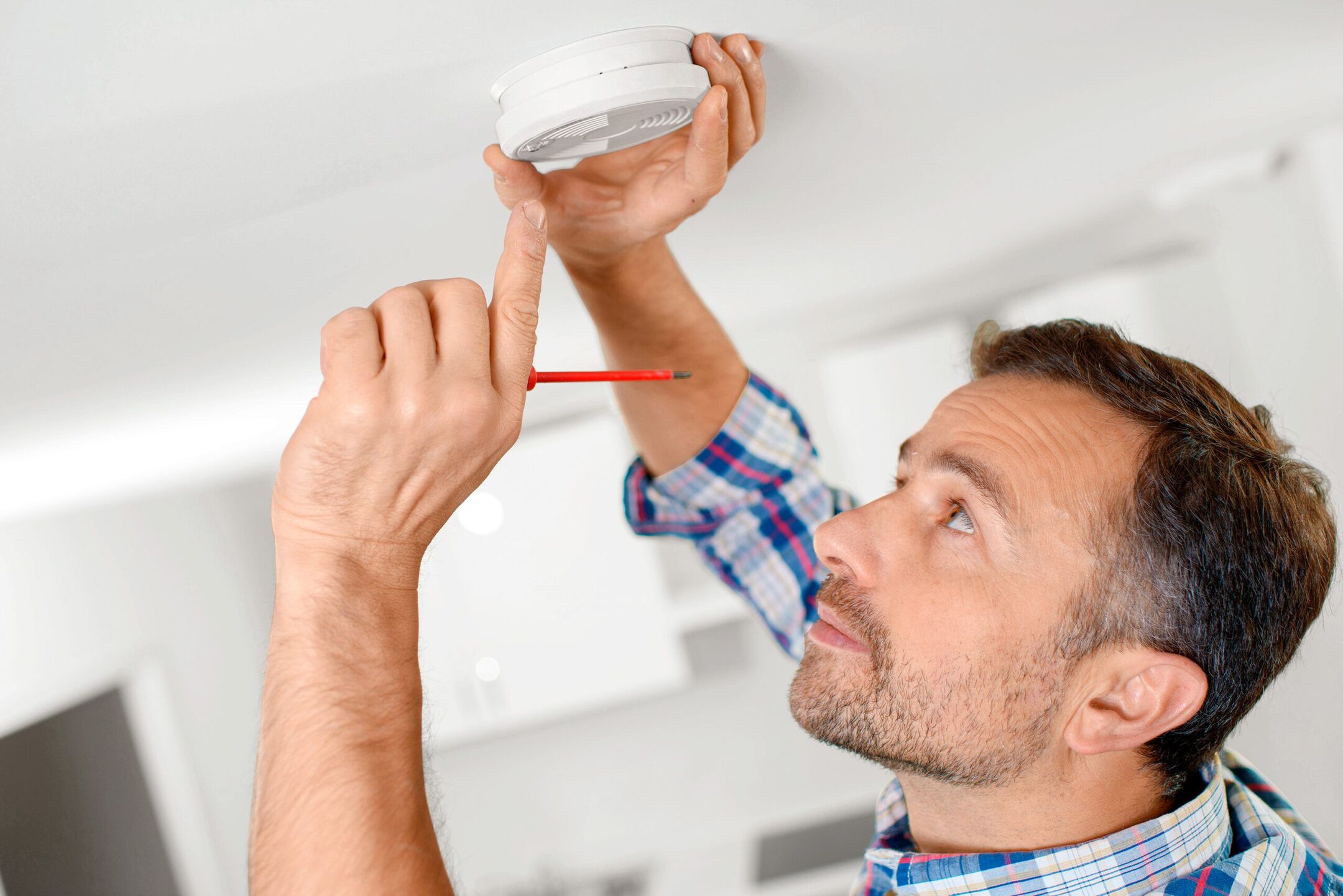

0 thoughts on “When Does A Carbon Monoxide Detector Go Off”